Caterham headlines the Goodwood Festival of Speed this week with the unveiling of its stunning Project V concept – a vision of an electric sports coupé that the Kent-based marque could put into production as soon as 2026 at a rate of around 2000 units per year.
Completely unrelated to the Caterham Seven and built around a totally bespoke and all-new lightweight architecture, it is described more as a “small tourer” than an apex-hunting track car like its minimalist sibling. It categorically does not replace the Seven, although it has been designed with a rigid focus on the “simple, light and fun to drive” ethos that CEO Bob Laishley says must continue to define the Caterham brand into the electric era.
With a targeted real-world range of 249 miles, enough luggage space for a weekend away and niceties such as air-con and basic touchscreen infotainment with Apple CarPlay connectivity, it looks to provide everyday utility on a par with cars like the Alpine A110 and Mazda MX-5.
A single permanent magnet synchronous motor delivers 268bhp to the rear wheels and is good for a claimed 0-62mph time of less than 4.5sec and a top speed of 143mph – figures that point to its billing as a usable sports coupé, rather than a hardcore track toy.
Unusually, the concept features a 2+1 seating layout aimed at bolstering usability compared with two-seat rivals. The single rear seat – “only possible” because of the packaging freedoms afforded by an electric architecture – is designed primarily to carry a child but could conceivably host a shorter adult for brief hops. This is a “very rare” attribute for a purpose-built sports car, said Laishley, and means an owner could feasibly keep the car after having a child, and use the car for more than just solo Sunday morning drives – with the obvious benefit of remaining lighter than a four-seater. However, a fourth seat is planned to be an option for the final car.
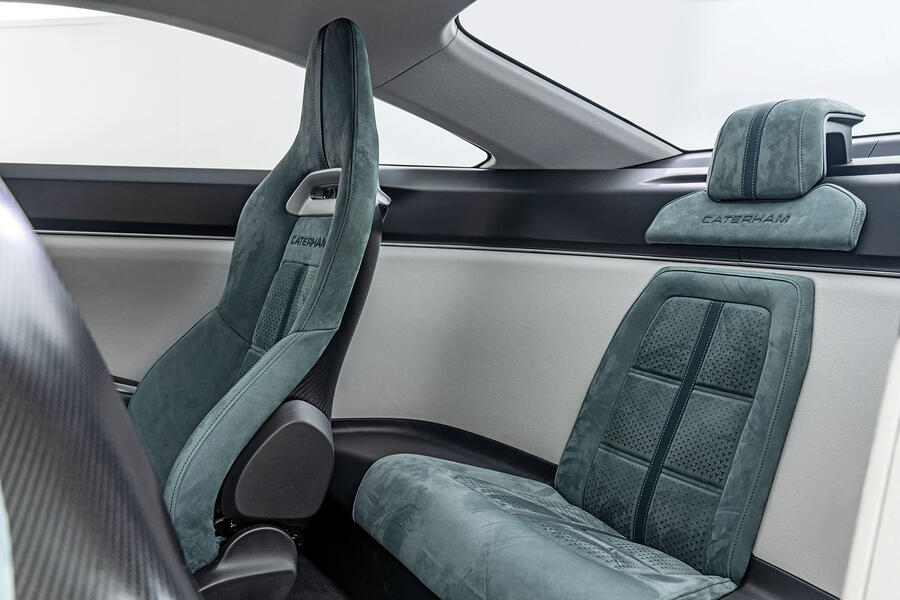
On the important subject of kerb weight, Caterham has yet to give a final figure, but Autocar understands the concept comes in at about 100kg over the eventual target of 1190kg – less than a Toyota GR86. Composite body panels and “an advanced spaceframe” will be crucial to achieving this final figure, as will lightweight drivetrain components and a suitably sparing equipment list.
The two lithium ion battery packs – combining to give 55kWh of usable capacity and capable of charging at 150kW – are each housed within the 2585mm wheelbase but sited separately under the rear seat and dashboard, respectively, for the optimum balance of weight distribution and interior space. The gap between the two packs allows the front seats to be placed as close to the floor as in a traditional mid-engined sports car and there is room for the rear passenger’s legs behind.


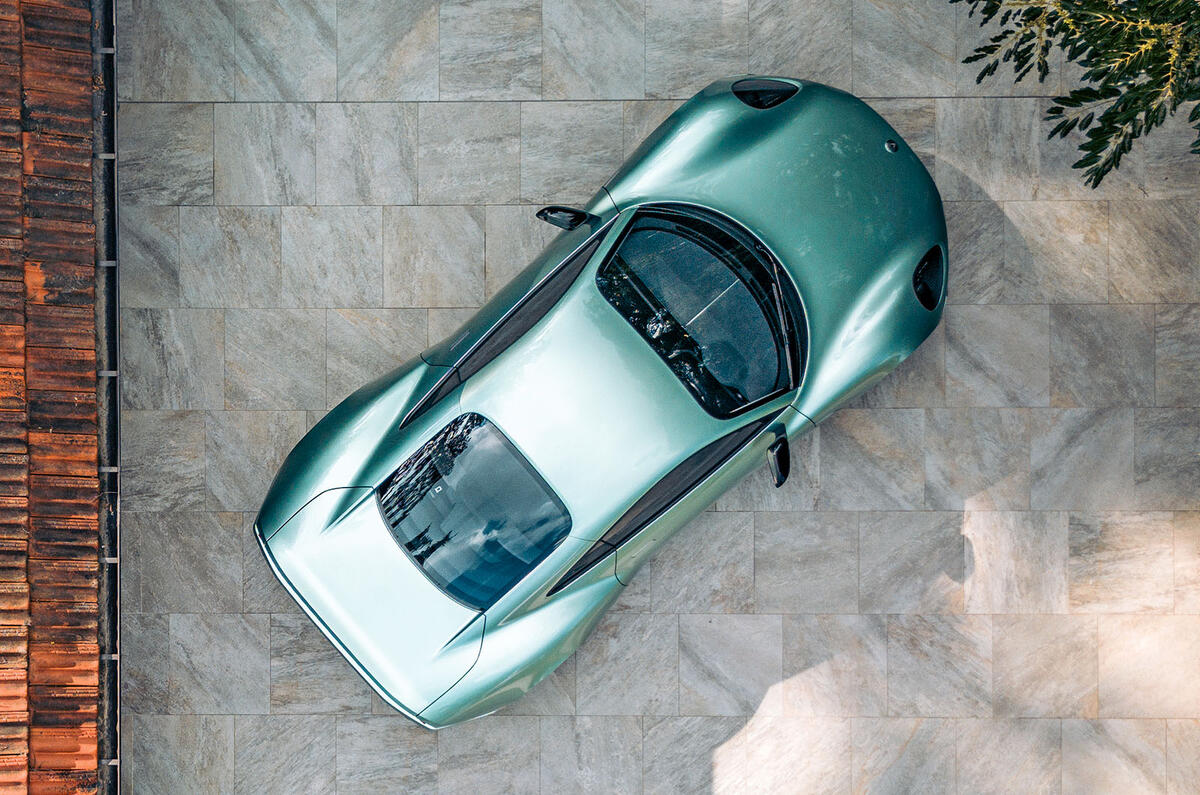
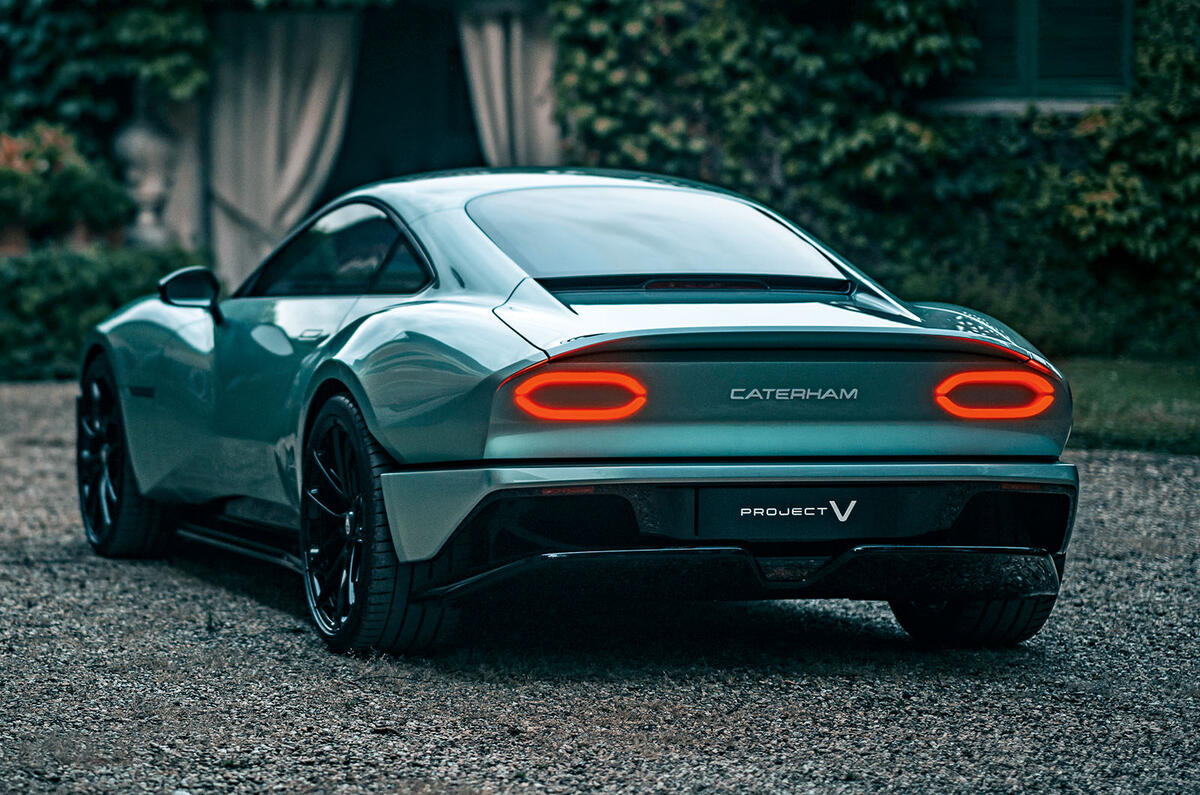
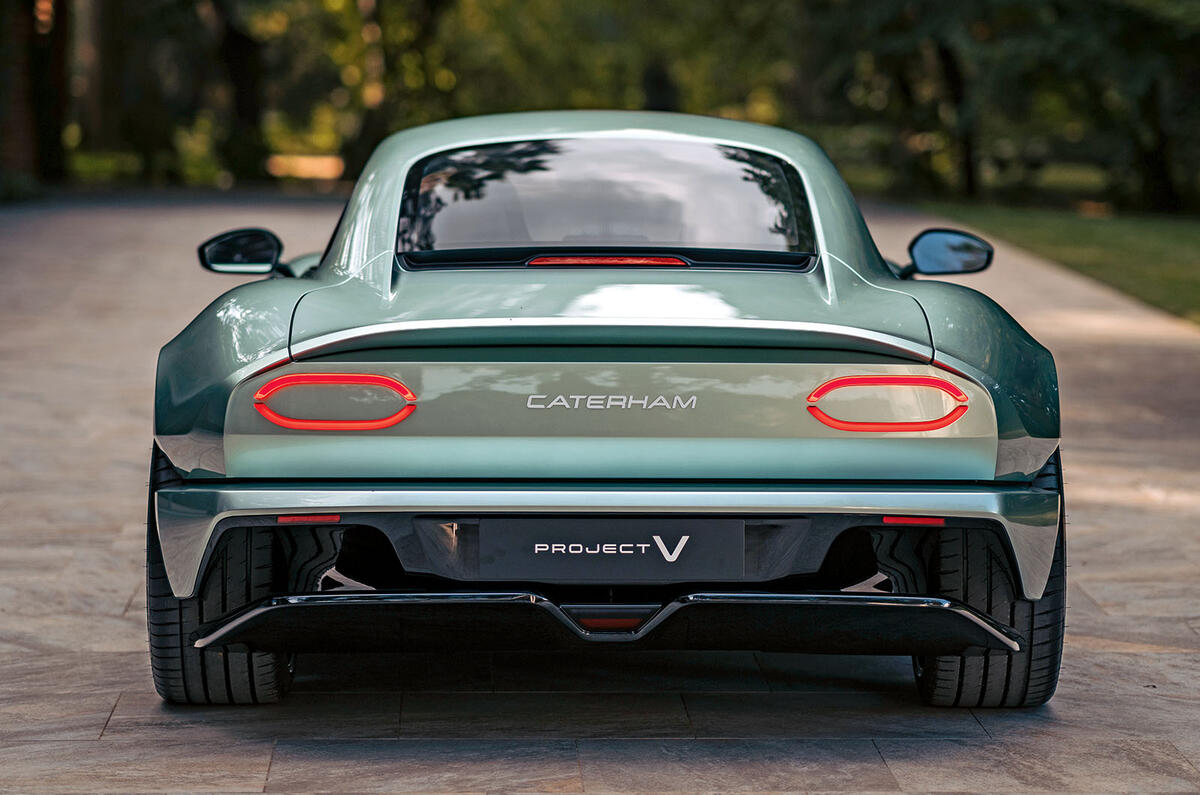
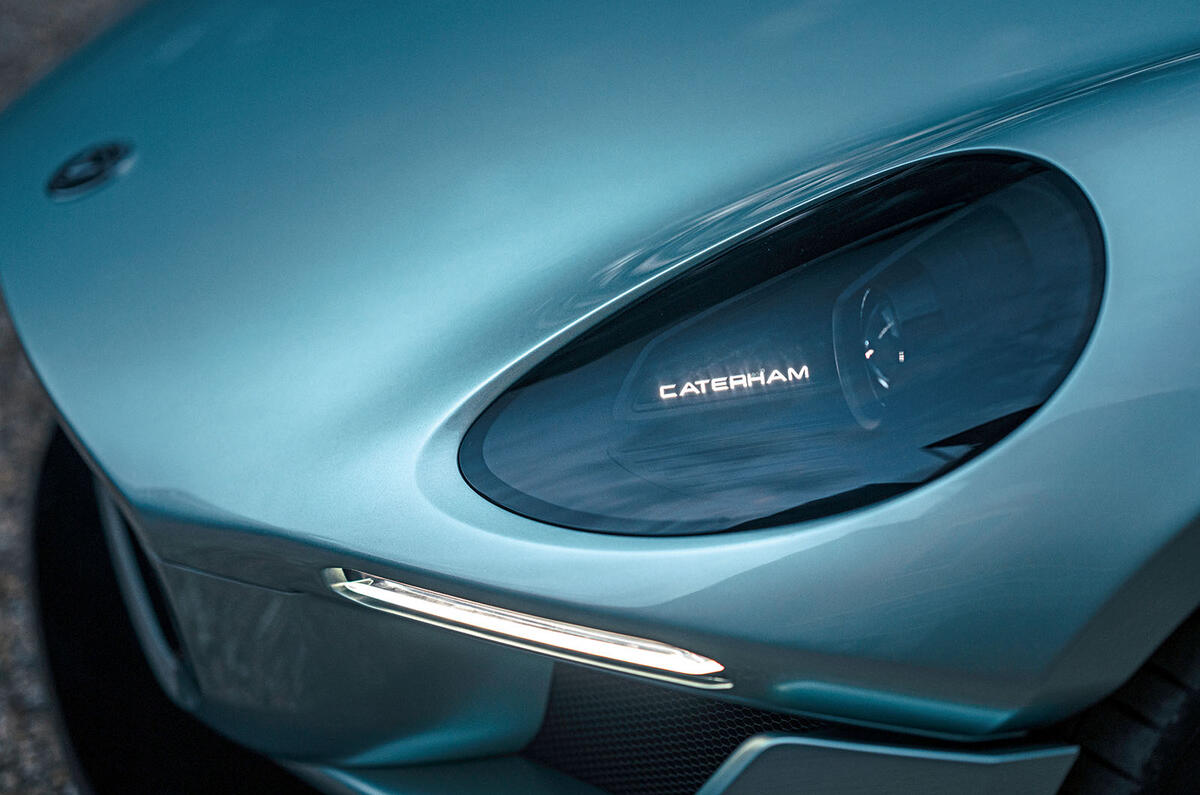
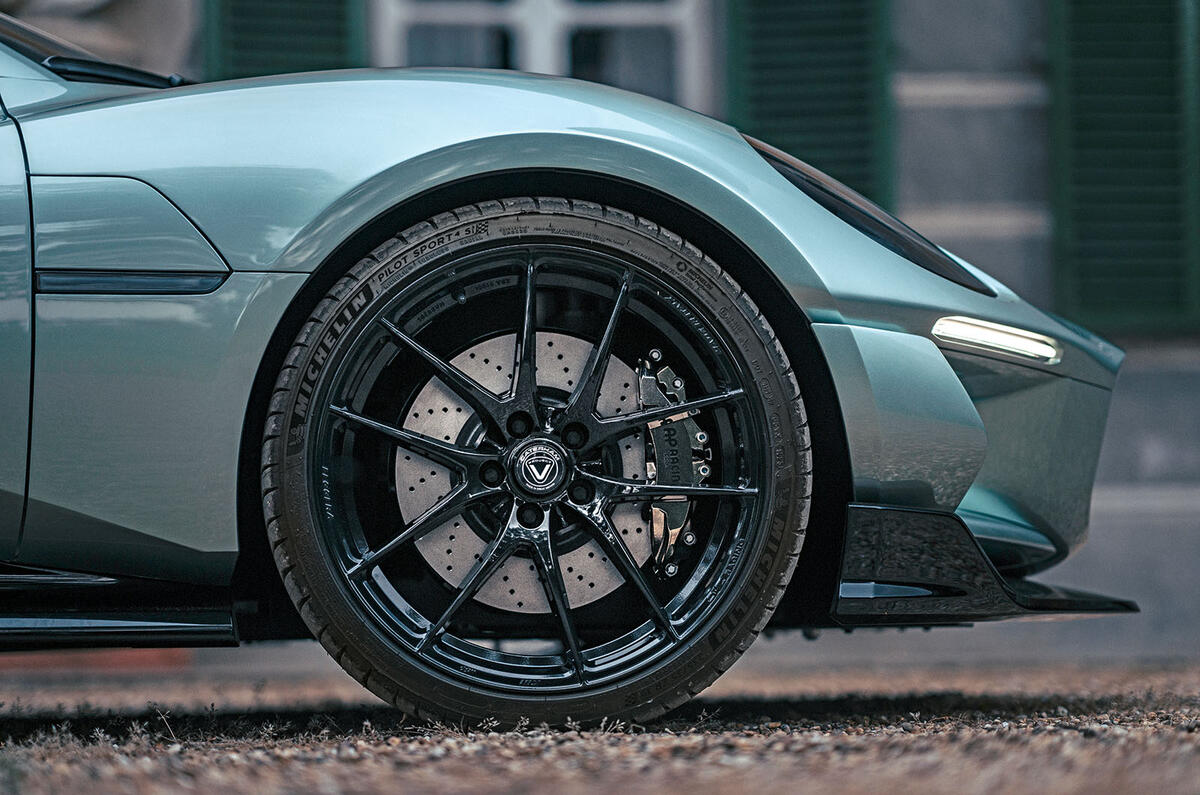
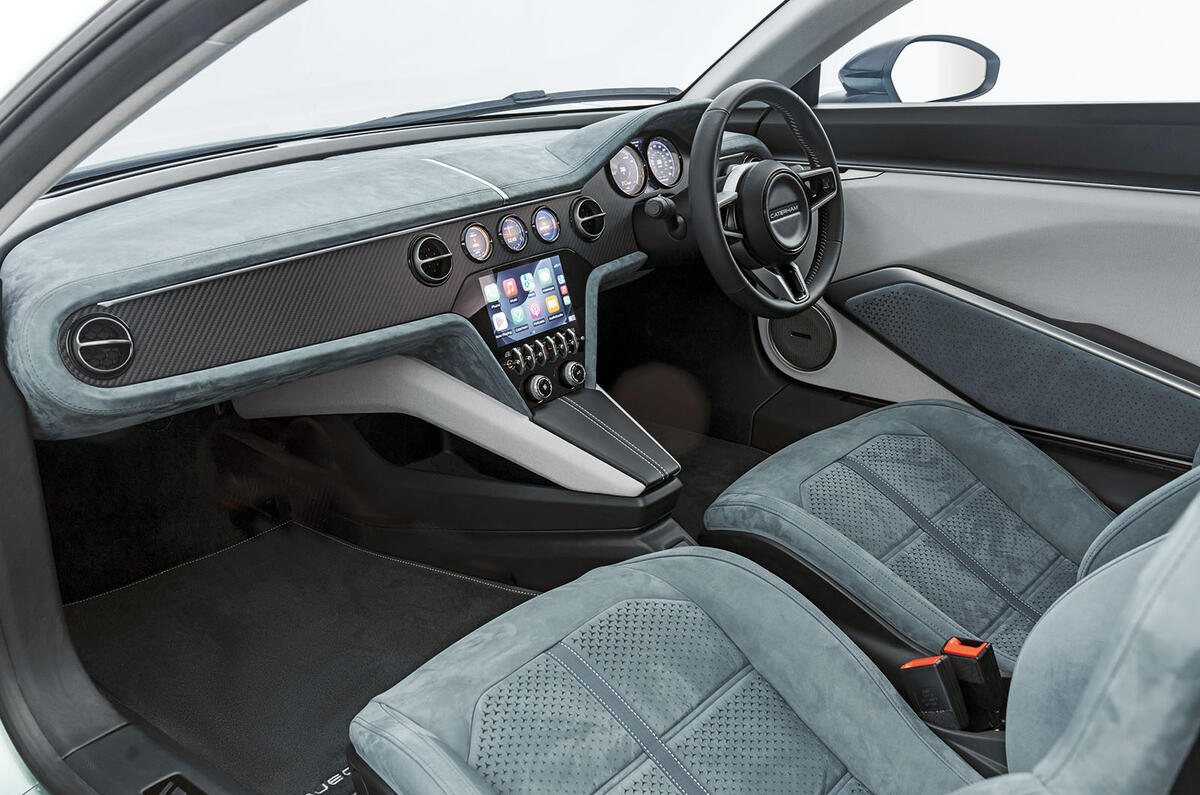
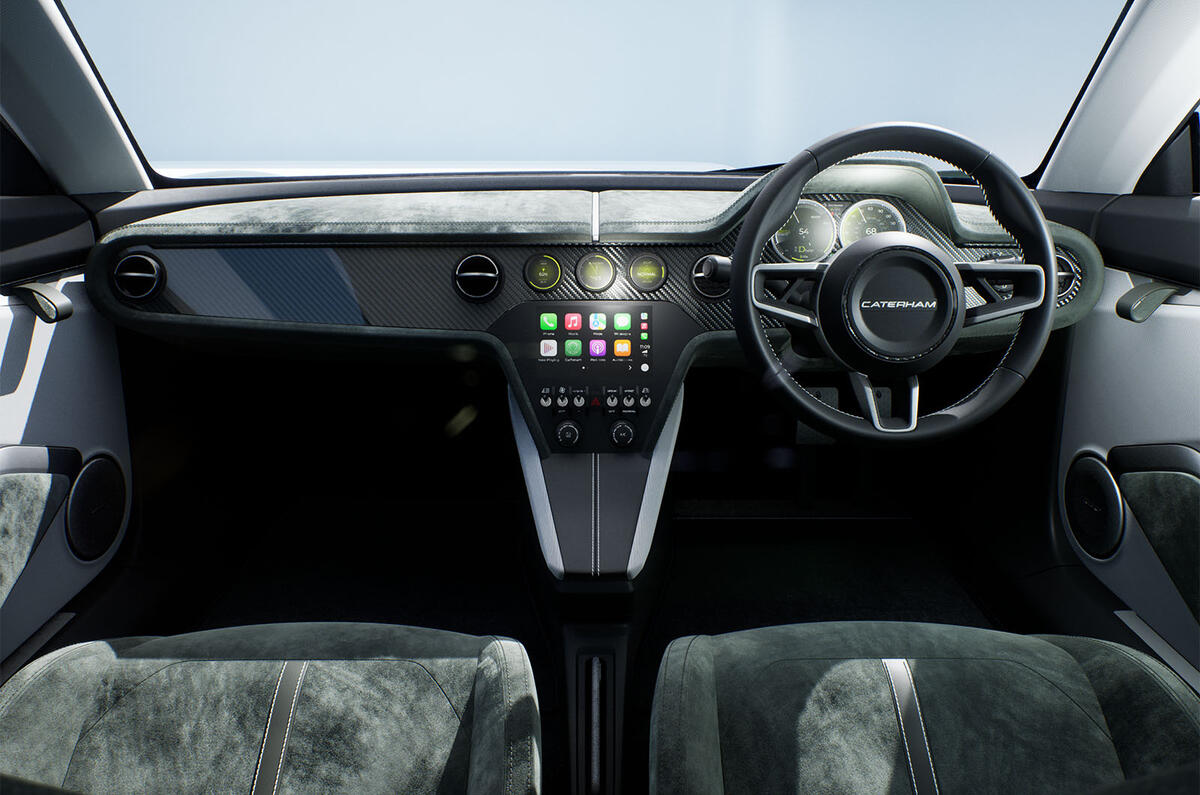
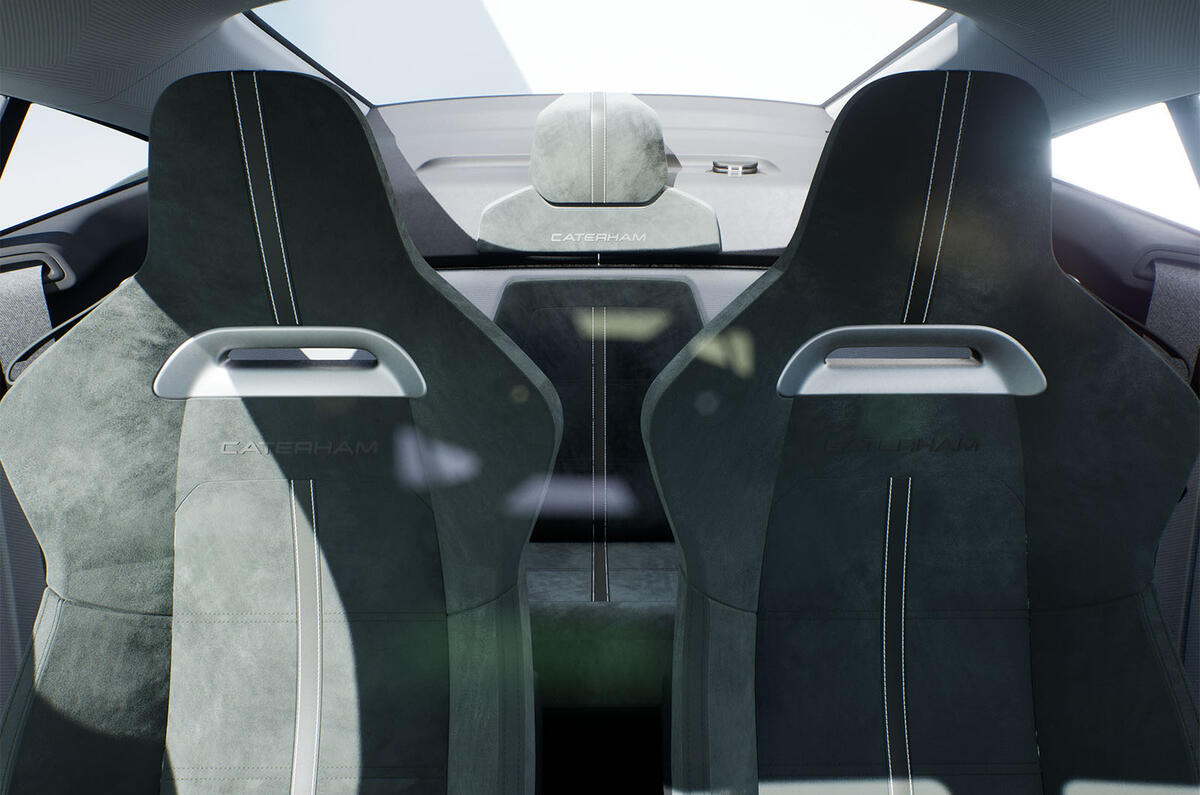
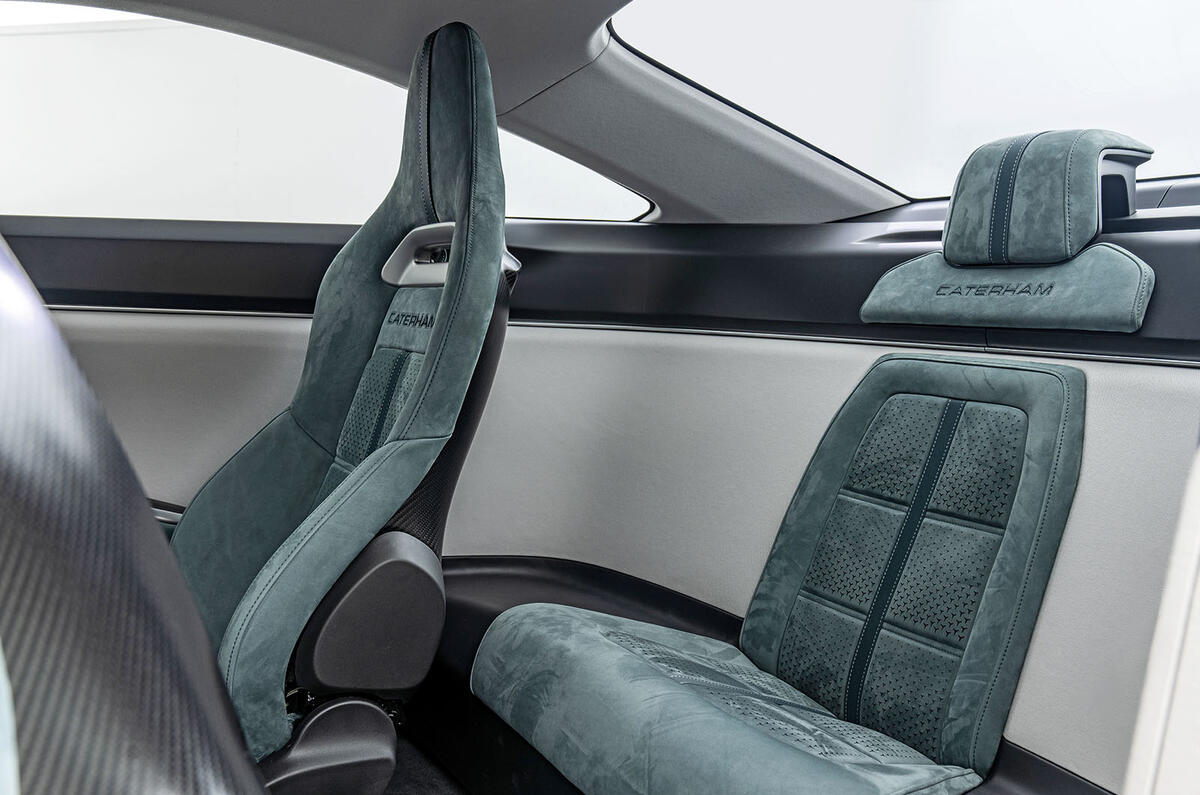
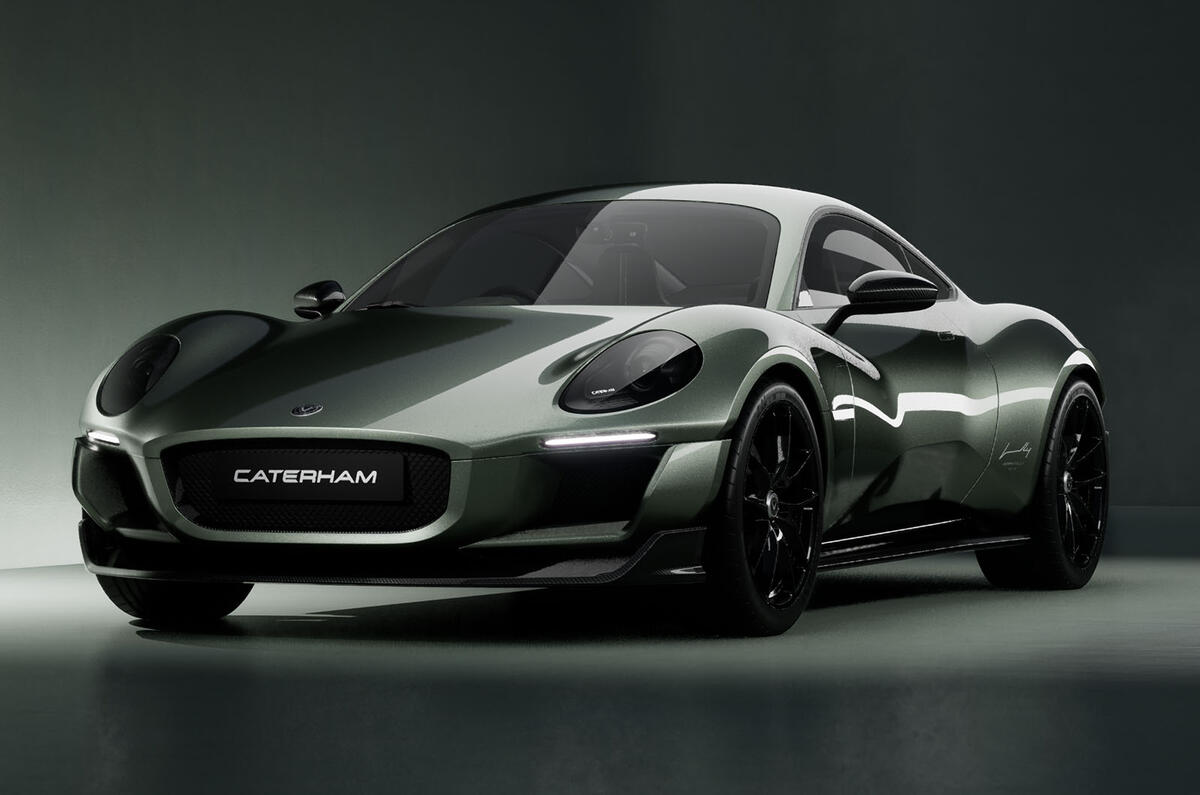
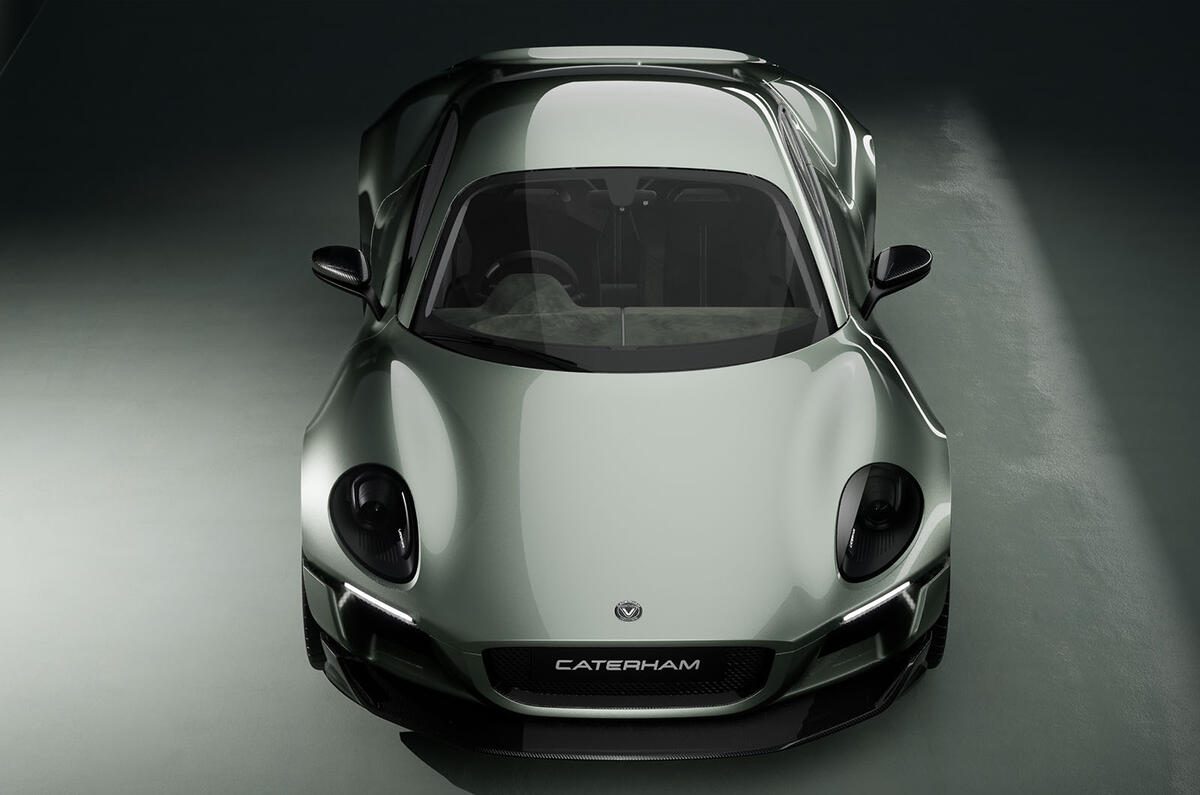
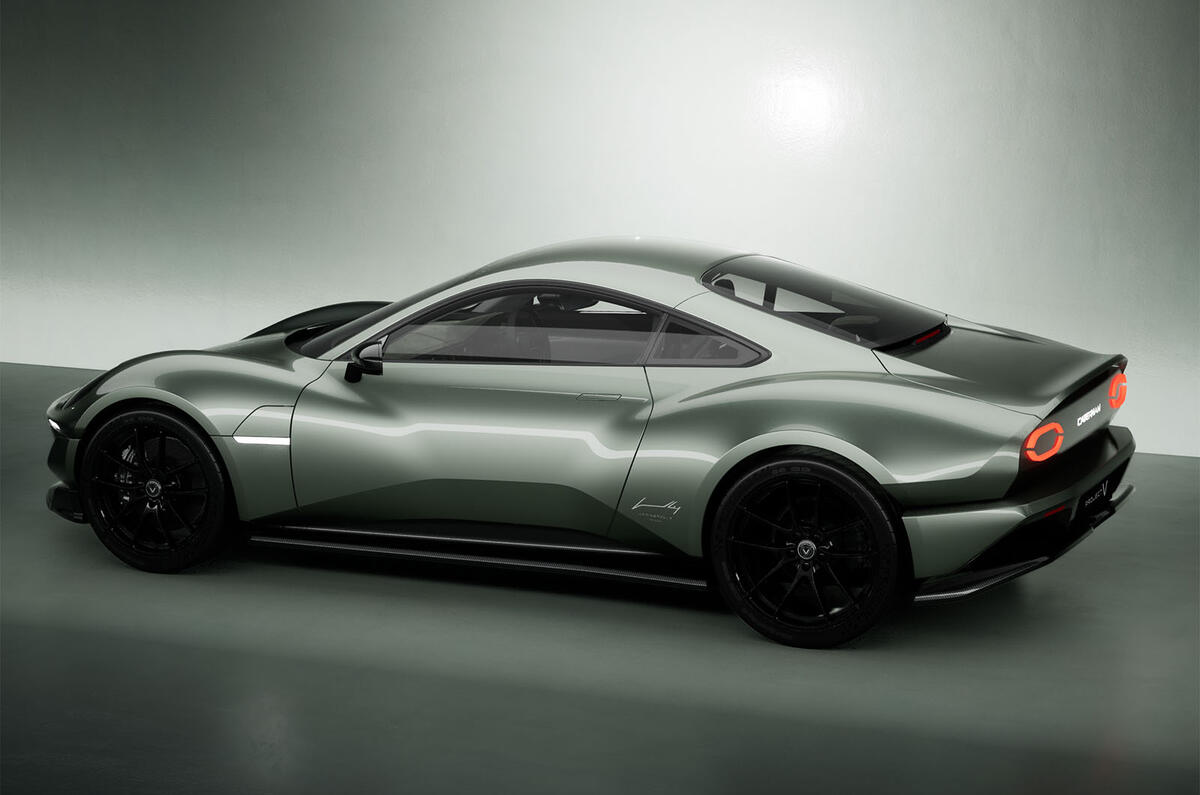

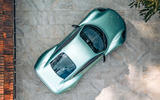

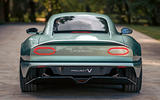

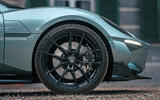
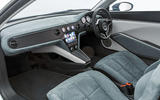
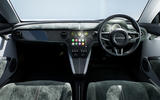
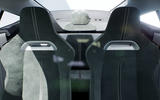





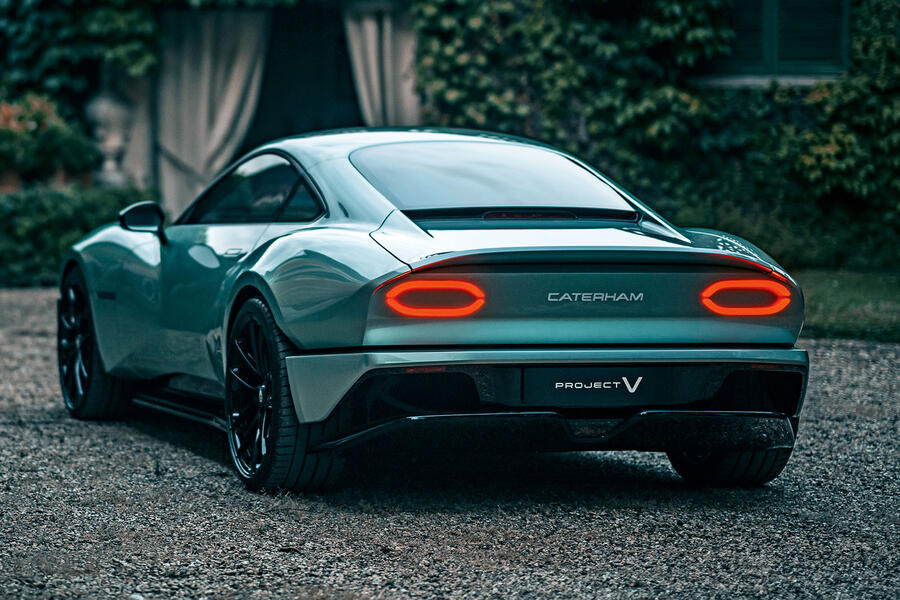
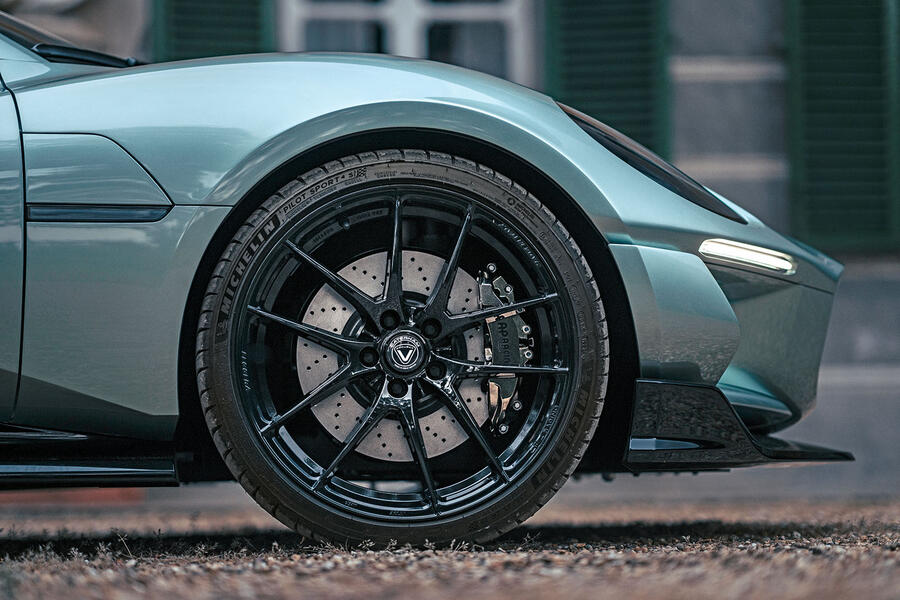
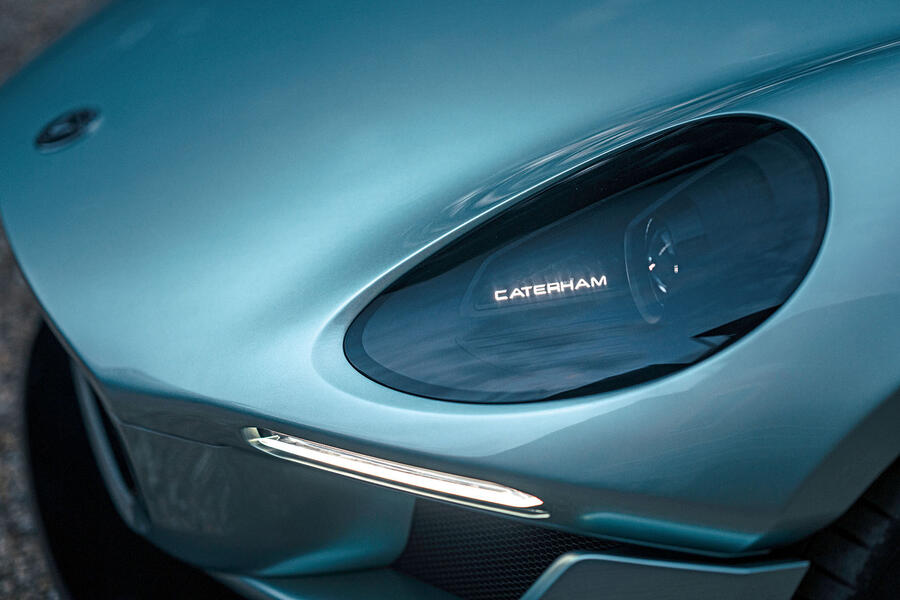
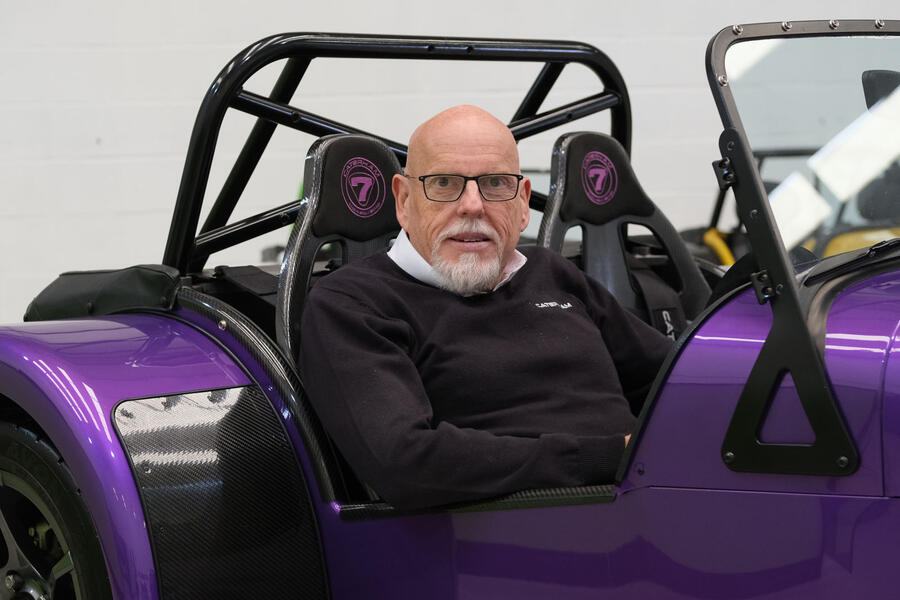





Join the debate
Add your comment
The ideal car for catering ham and bacon.
Interior look much improved when presence of the rear seat is hidden, e.g. black seat and belt on black surroundings.
I've never seen this layout before.
Has anybody on this thread?